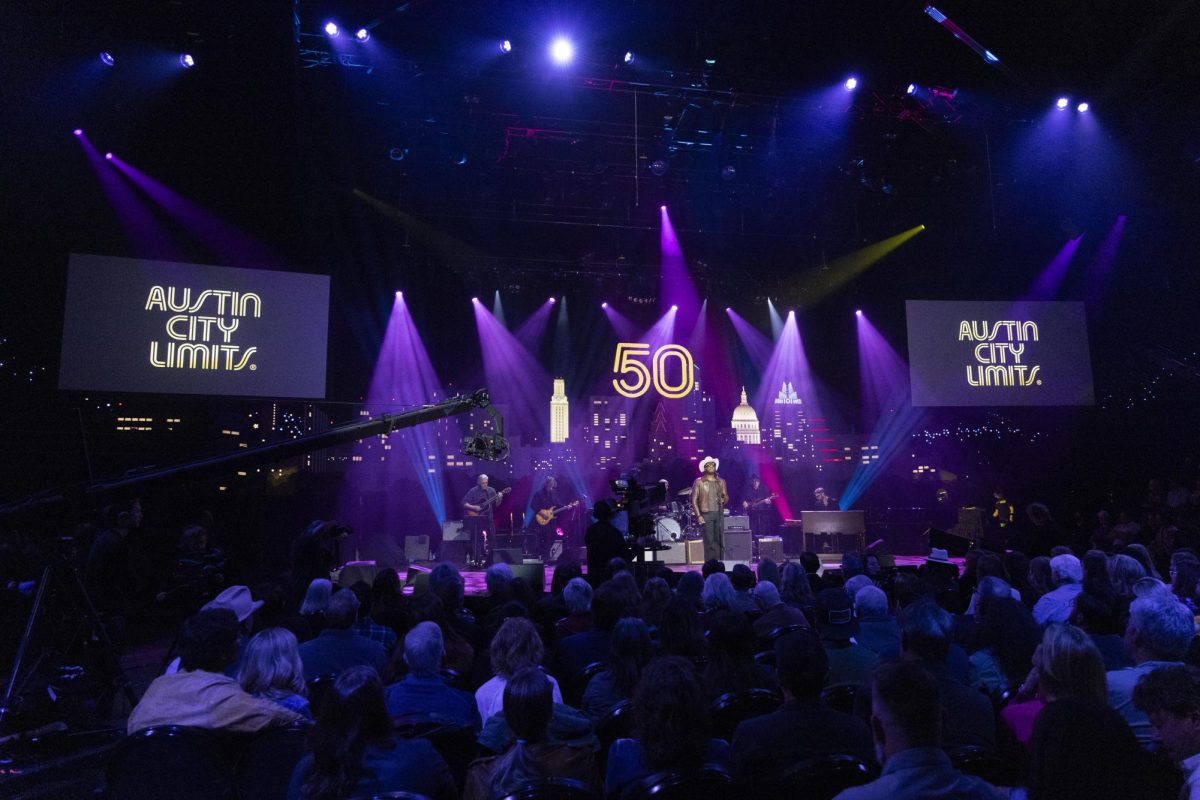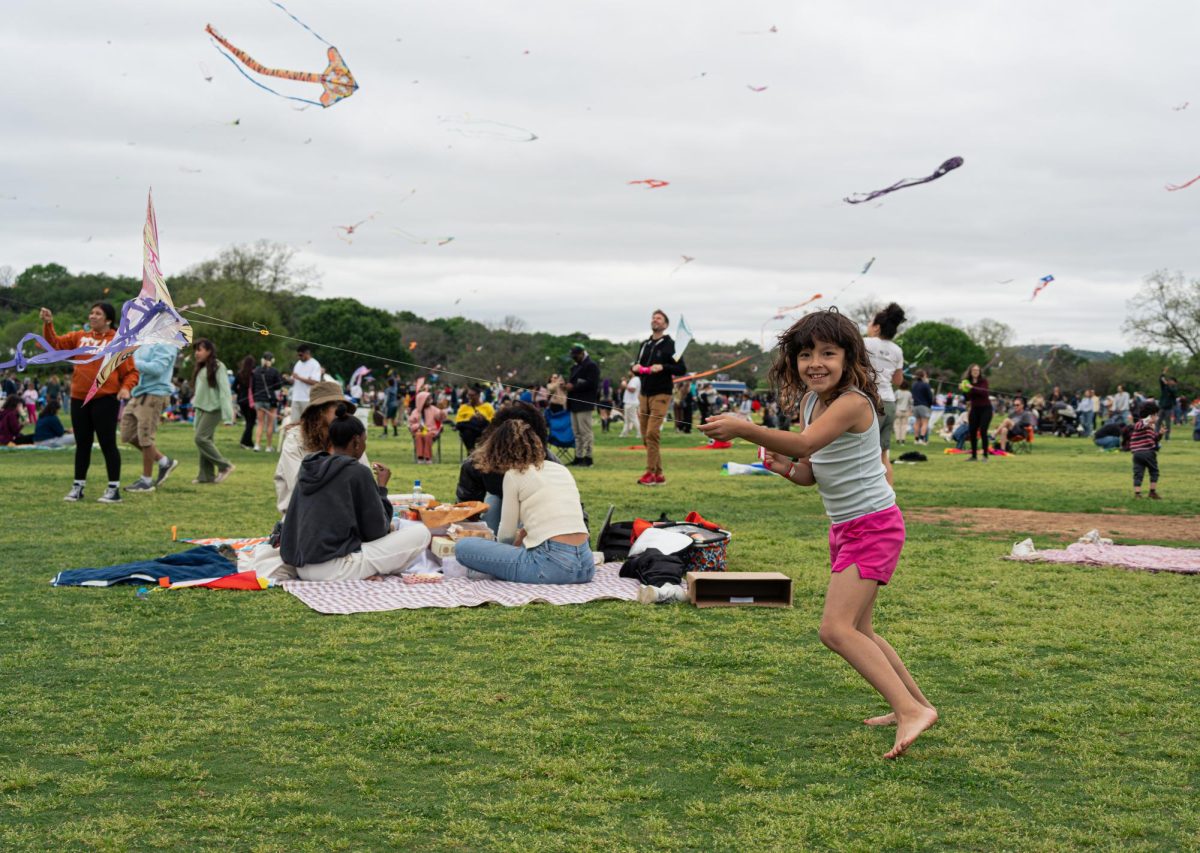As the sun rises this weekend, the gates to Zilker Park will finally give way to thousands of music fans waiting to watch their favorite artists live. With all of ACL’s excitement, many won’t pay attention to the ground beneath their stomping feet and the impact they will have on Zilker’s manicured lawn.
After years of trial, error and muddy situations resulting from excess rain, ACL has finally gotten turf protection down to a science. Over the past few years, the City of Austin’s Parks and Recreation Department has been hard at work to make the annual grass nightmare an issue of the past.
ACL’s massive crowds once caused a mess that took over a month to repair because of what geography and environment professor Kenneth Young described as soil compaction. He said this is a main concern with an outdoor event of this magnitude and can cause a domino effect in the environment if not treated properly.
“Soil compaction changes infiltration rates, so the soil is less able to absorb rainfall in the future,” Young said. To prevent this damage, Charles Vaclavik, Austin Parks and Recreation division manager over operations and maintenance, said they have put in place a year-long treatment program that is meant to protect both the soil and the grass as the masses converge at the park over the two weekend long event.
“Normally, we know what to expect after each concert if the weather is dry, and we know what to expect if the weather is wet,” Vaclavik said. “We know it is going to be compacted, it’s just to what severity. It depends on the weather. Nature takes over.”
Their plan, turf coordinator Juan Bustillos said, involves using methods like irrigation, aeration and fertilization in addition to regular care such as mowing and insect control. This preparation, he said, begins months before the event and increases in the weeks leading up to the festival.
Bustillos said as the days draw closer, they then focus on more immediate prevention efforts, such as using bait products to remove fire ants and special platforms called LD panels to protect the turf from incoming forklifts, trucks and pick-up trucks. Meanwhile, he said, they are on call throughout the festival in case they are needed.
“It is very exciting for the guys. We work all year preparing the turf and maintaining the lawn just for this event,” Bustillos said. “It is exciting to see it come in, get built, be a part of the show.”
In between festival weekends, Bustillos said they follow up with mowing and treatment for the grass, depending on the weather. Then, immediately following the event’s conclusion, he and his team begin working on restoring the lawn to its original state.
“After the event, one of the biggest things we are going to do is core aeration, so a lot of the compacted (soil),” Bustillos said. “We have had about 600,000 people after the event that contributed to compacting the soil there. Basically, we are just (punctuating) holes in the soil to allow the air, water and any fertilizers we put in to get into the soil and help the system.”
Bustillos said though the event does cause some damage, it only takes weeks to a month for the land to recover and is usually not too noticeable depending on the weather and the changing stations. But, whatever happens this year, Bustillos said he and his team are ready.




















